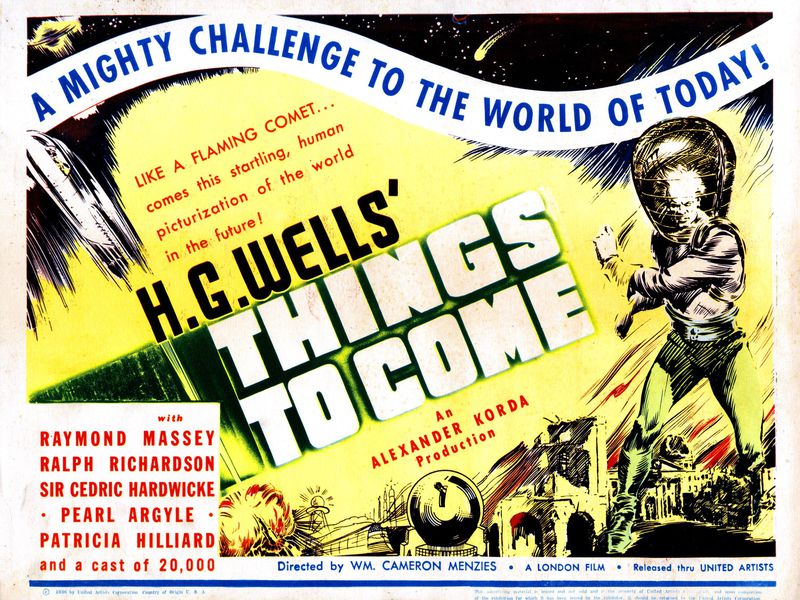Lecture with Simon Manchipp, Sam Winston, Regular Practice, Sarah Boris and Julian House
Podcast with Susanna Edwards and Maziar Raein
What are potential future definitions of design practice? What are the sectors that might change or need to change?
The answers to these questions seem to be all tangled up together. Simon Manchipp talked about how things are getting broader – that people want to categorise things but that his most exciting recent projects don’t start that way, they start with a search for an idea. He also spoke about converting customers to fans, which I suppose is a large part of identity and branding.
Sarah Boris made the point that people expect more and more of designers. A customer wanting a visual identity now want motion graphics and animation as well as traditional branding. How do you keep up with demand? Thirty years ago no one had to worry about social media design or the impact the internet would have, in the next thirty years designers will have an entirely different set of tools and expectations than we do now. Design gives us the chance to engage with these new technologies, and be part of shaping the world around us. How we choose to do this is deeply individual, but focus on the idea and everything can fall into place.
During Susanna Edwards and Maziar Raein‘s podcast, they made the point that design can be a political tool, and make a real difference in society. Raein also spoke about how his peers had to balance a commercial career with self initiated work, and that younger designers have a different perspective. I suppose I fall in the previous category more, as I definitely have to balance a commercial career with work I actually want to do. Sometimes there are overlaps, but boring work can be necessary to keep money coming in.
Raein also focuses on the importance of caring about the world around us and using design to make it better a better place. Critical thinking, and collaborative work can also lead to creative problem solving. We don’t have to be experts at everything. (Raein 2020) This has been a common thread through the last twelve weeks – ideas are stronger when we work together and this course is a fantastic opportunity to develop ourselves as designers and strengthen our skills. I also liked that they touched on how cyclical things are. We tend to think that new technologies will put an end to past processes, but people are drawn to authenticity and different experiences. Vinyl records are a great example of this, given a world where music and media is so easy to access, people are valuing collecting and curating the physical.
Dunne & Raby – from their website Dunne & Raby “use design as a medium to stimulate discussion and debate amongst designers, industry and the public about the social, cultural and ethical implications of existing and emerging technologies.” I found their projects to be funny and thought provoking by turn. Here Dunne describes speculative design as something they are trying to decouple from an agenda, and rather than something being pursued or developed, exists just to spark new ideas and be a catalyst for further thinking. (Dunne & Raby 2019)
Their website is nigh-on indecipherable at times, with work presented simply with no context and often with no explanation at all. It is left entirely to speak for itself, and definitely succeeds at raising questions.
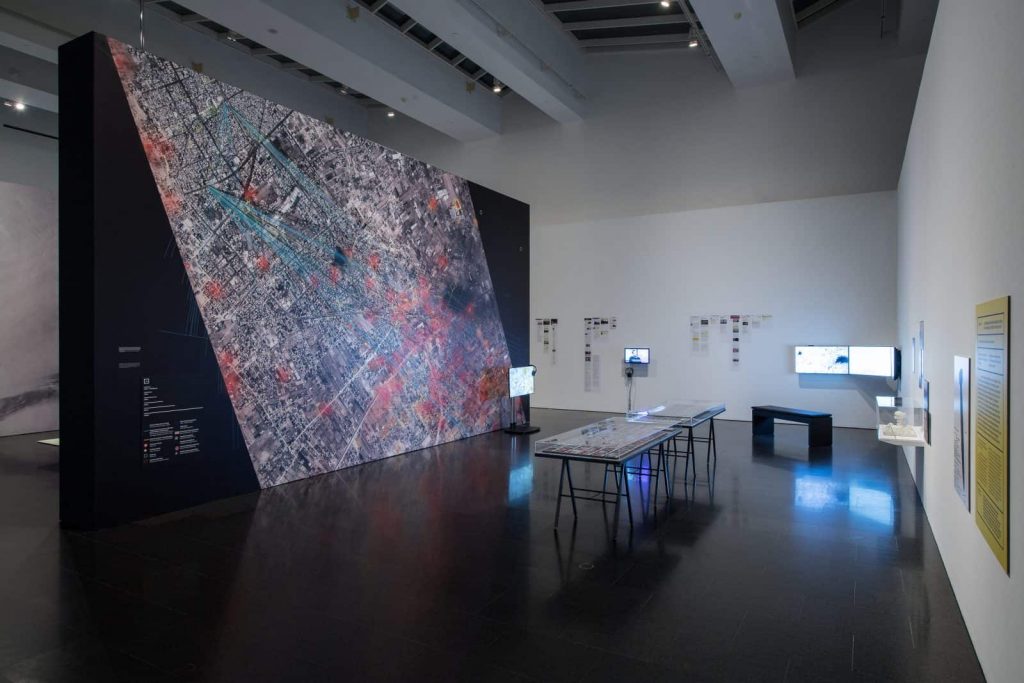
Forensic Architecture seem to approach this from almost the exact opposite angle. Their entire ethos is in pursuit of a very clear humanitarian agenda, and they document and research tirelessly. They also cover an enormous breadth of field. I feel that both approaches are entirely necessary and thought provoking.
Workshop Challenge
Take a graphic design interest that you are familiar with and investigate how the idea can be improved, disrupted or retold through a shift of application.
This might be an opposing media or environment ( e.g from book to installation, packaging to performance) or an opposing time or fictional future (e.g. speculative design). You can tell the story of your idea in any medium, but ensure the shift you make with your project is apparent, courageous and driven by risk and a rationale.
I’ve had a difficult time coming up with an idea for this week. I’ve been so focussed on getting the Studio Practice document locked down that I haven’t had much bandwidth left over. I’m a nerdy sci-fi and fantasy geek at heart though, so I thought I’d start by looking at speculative fiction and writing down a list of things I’d like to see improve in the world. Science fiction quite often gets a bad rap in the literary community, but in order to create something new it must be imagined first. I can see a clear line between science fiction and developing technologies. When I was a child video calls were the stuff of fiction, and now I carry a device capable of world wide video calls in my pocket every day.

Predicting future tech is always a dicey business. This page from Popular Mechanics in 1986 is a good example. We may not quite be using VR in surgery, but laparoscopy and robotics are used every day, with many benefits . But for every fairly accurate guesses, there will be hundreds of predictions that never come to be. The guest lecture with Ophelia Ford-Welman was very thought provoking, and her point that being a futures analyst isn’t trend forecasting, but about shaping our world through design was intriguing. What is wrong with our world and how can we make it better? (Ford-Welman 2020)
Things I’d like to see in the world
Universal basic income/remove the need for money at all
Free healthcare
Free education
Maker spaces
Programmable matter/nanotechnology
Food replication
Matter transportation
Walking back climate change and environmental conservation such as saving the coral reefs
Apparently my list gets more and more Star Trek as it goes on, which is no bad thing in my opinion – Star Trek occupies an idealised post scarcity, post capitalist society where people are driven by their most exemplary impulses – to discover, to create, and to help one another. Removing the need to struggle for basic human sustenance and shelter and what would humanity be able to accomplish? I believe that most people, given the correct resources and support, have something special to offer.
I went back to the core question – to take a graphic design device I am familiar with and rethink it. I’m most familiar with print design, which is a physical product, solid and relatively long lasting. With proper consideration, ink and paper can survive for hundreds of years. Books are an excellent way of preserving information in an accessible way. What if we push that idea in the opposite direction, printing something fleeting and ephemeral?
I thought of several things and started to imagine possibilities –
Cotton candy
Clouds
Seeds
Growing plants
Fire
Bio-hacking cephalopods
I wanted something that would need to be unlocked in some way, that could only tell a story once a short lived process began. At first I thought about extruding cotton candy into shapes, words that would only last a short time and be eaten or dissolve into sugar. This struck me as a bit messy, and in the current climate, dangerous and unsanitary. I started focusing on clouds – could I create a cloud indoors? Is it possible?
I found a Dutch artist, Berndnaut Smilde, who specialises in making indoor clouds. He carefully combines mist, and fog machines to coax ethereal clouds into being, before photographing them.
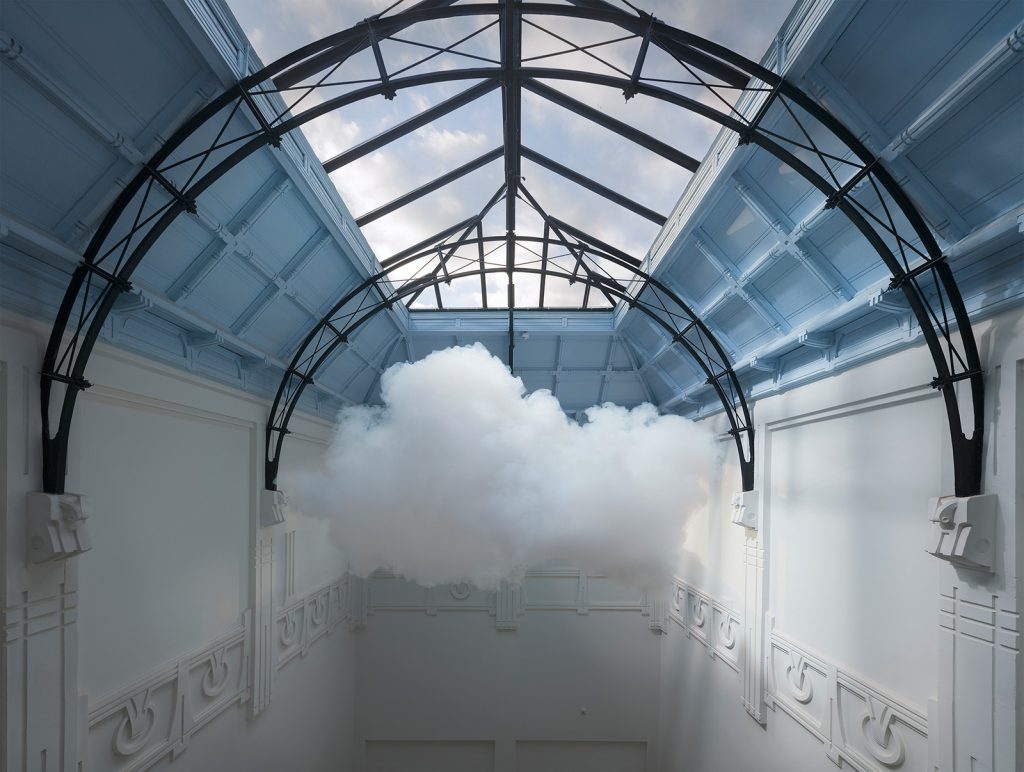
His clouds are incredibly short lived, “The crucial takeaway is not the wonder of a fabricated cloud but its transience—that it exists for a moment and then is gone forever. Each creation is “about being at the right place at the right time,” Smilde says. “If you’re seeing a photo, you already missed it.” (Stone 2019)
I also found Fujiko Nakaya, an artist who works with fog. Her installations are tactile and interactive, commonly in outdoor spaces where the fog shifts and changes with the natural atmospherics available. Often they become permanent installations, such as at the Guggenheim Bilboa, where it is activated during opening times every hour, on the hour, for four minutes.
Artem is a special effects company commissioned by international dance troupe Humanhood to create a massive smoke vortex cannon. The cannon is a feat of engineering, directing an enormous smoke ring over the audience as it grows and dissipates.
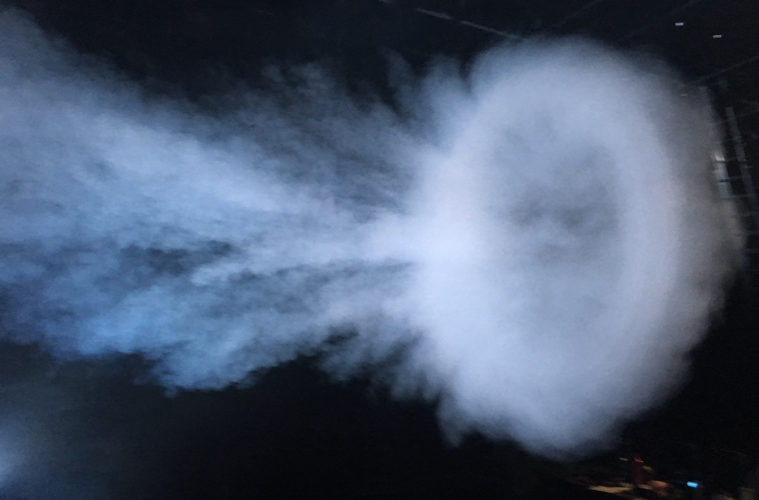
Could I use a combination of these techniques to “print” with clouds? The most obvious thing to come to mind when thinking of printing with clouds is skywriting. Skywriting is created by a mixture of paraffin oil and smoky plane exhaust. (Library of Congress 2015) This would not be suitable for an indoor experience, I would need to keep the clouds free of additives and safe to breathe. A mixture of pressurised, distilled water and glycerine will give you a fog machine fluid, which may work, but I don’t want to create smoke, I want to create real clouds. (Deziel 2018)
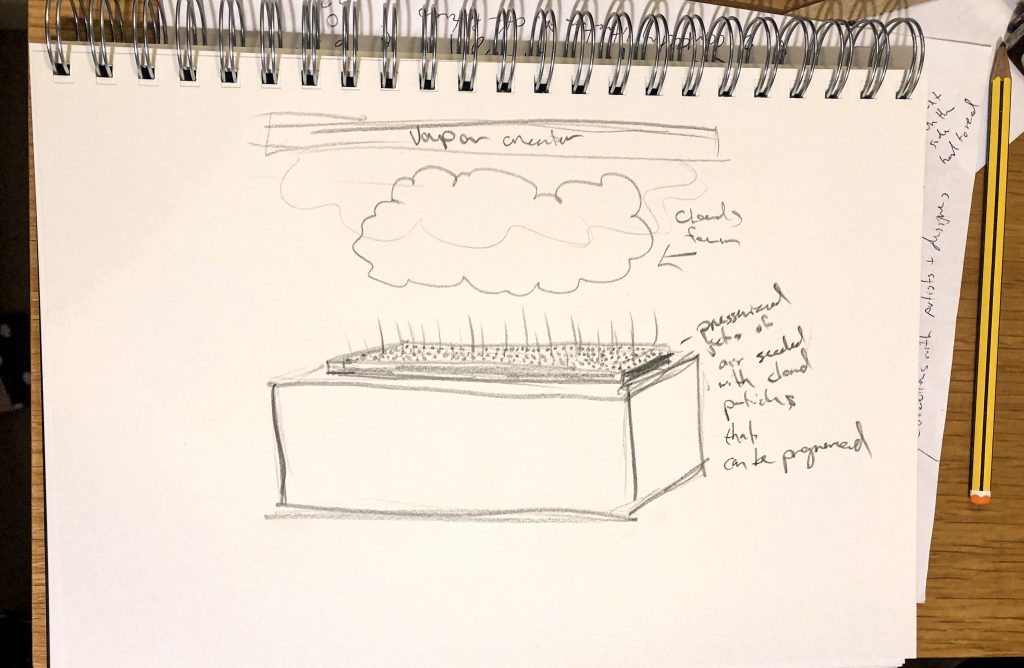
I settled on a combination of things. Possibly thousands of programmable pressurised jets of air, seeded with cloud particles, could be shot out of a base, meeting water vapour from above. Small clouds would form, drift, and dissipate.
The room may need to be sealed and kept at strict humidity levels in order to work well, but ideally I would like a space where people are free to enter, engaging with the clouds, and the story they are telling. The shapes would not last long, or be well defined. The process of creating them may also be quite noisy, so I’ve considered having people wear noise cancelling headphones in the space, as well as the role that light and projection may play.
The cloud printing could be programmed in 3D layers, much like preparing slices for a 3D printer. This could be a way to highlight climate change, or how endangered animals are literally disappearing as the clouds disperse through the space. This may work very well as a user collaborative project, with an alphabet designed and programmed that could be interactive.
I visualised a few ideas, making a photo composite from an empty room and a marble plinth. I then set about trying to create some clouds.
It did not go well. I got frustrated painting clouds, so examined creating procedural clouds in After Effects or Blender. This was even worse, as I am not competent enough with either program, and the tutorials I found were beyond my skill level. I went back to Photoshop and put more effort into painting and building up layers until I had some results I was happy with.
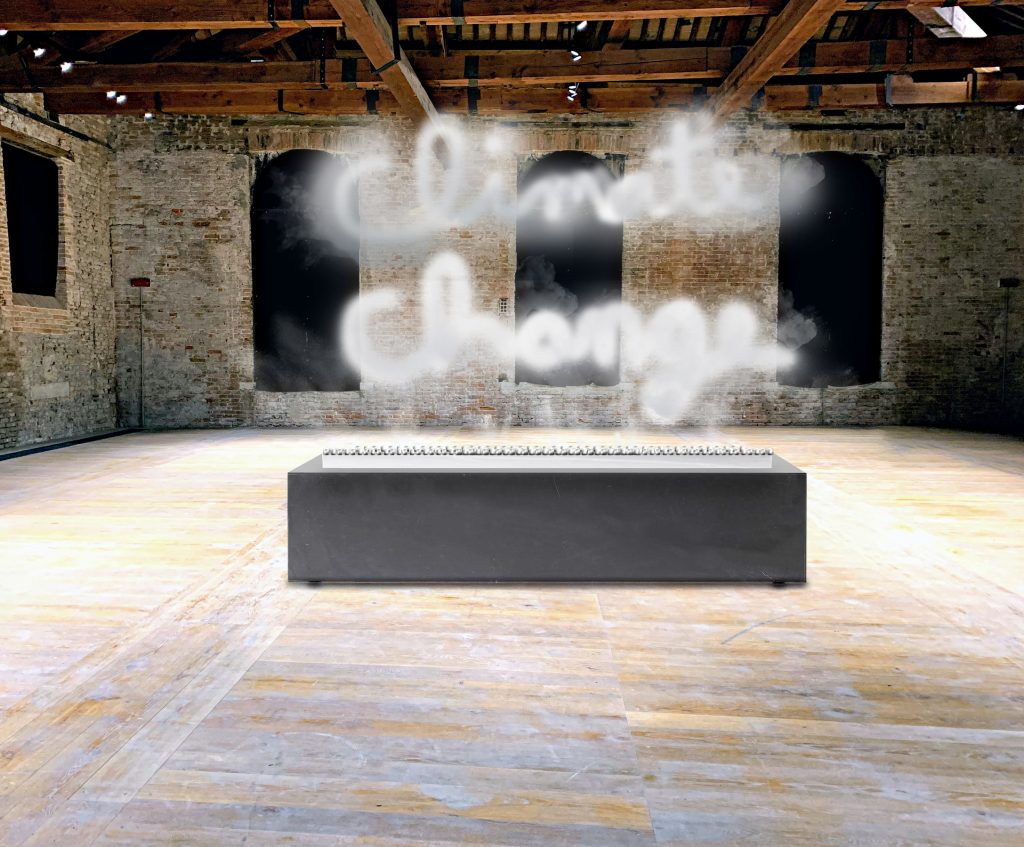
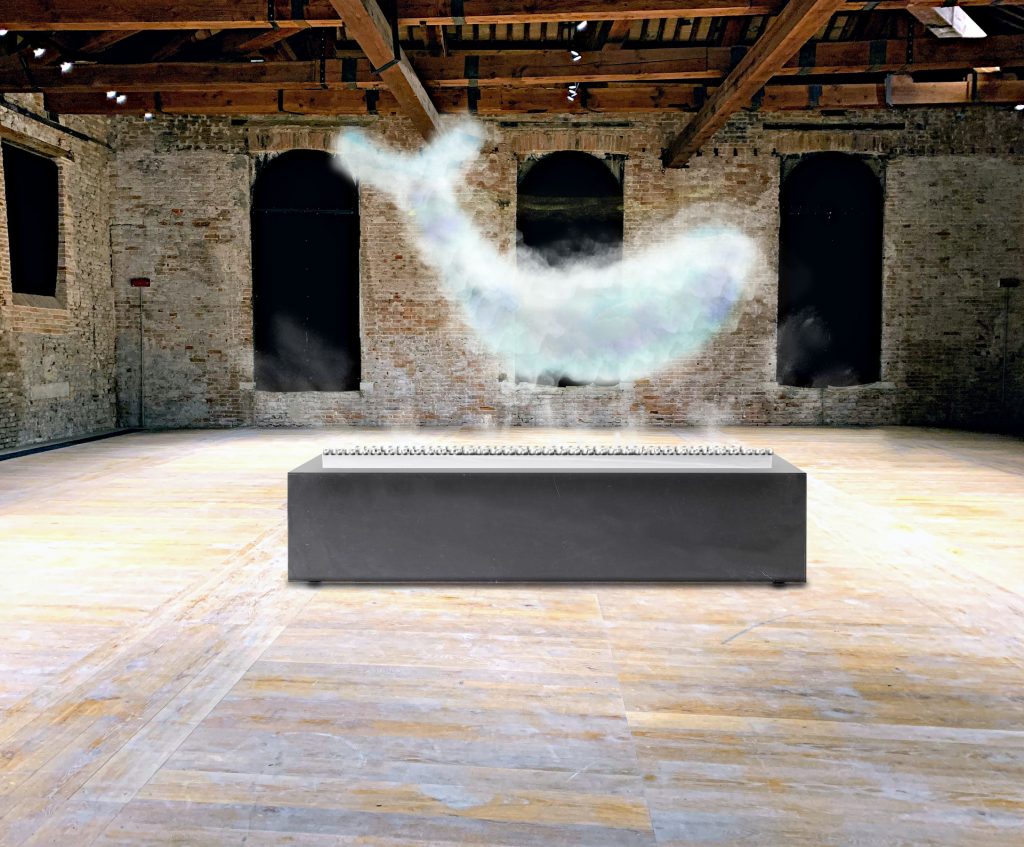

Reflection
This week has pushed me in unexpected directions. I had a real struggle to come up with an idea. I had engaged with the lectures and resources, and enjoyed exploring the concepts and seeing what others were posting on the Ideas Wall, but my mind just kept spinning in circles. I started to panic, thinking I would never get anything done and having nothing for the last week’s work.
I started exploring the link between speculative fiction and changes I’d like to see in the world, but nothing landed until I went back to the original question and began thinking about what I know best. Once I had determined what print design represented to me, it was easier to think of ways to reinterpret the category. After that ideas built off one another, some of them impossible, some of them ridiculous, but they were there.
This has been the experience of the last twelve weeks in microcosm, every week I’ve struggled to think of an idea, and every week as soon I took that step into oblivion, ideas have appeared. This is the biggest lesson I have learned on the course so far – to trust in the process, and just start working. I don’t need a brilliant idea, I just need a small spark, and that can build into something worthwhile if I nurture it.
References
ANAB, Jain. 2017. “Why We Need to Imagine Different Futures.” Ted.com [online]. Available at: https://www.ted.com/talks/anab_jain_why_we_need_to_imagine_different_futures [accessed 8 Dec 2020].
ARTEM SFX. 2019. “Humanhood ’Torus’_Artem Smoke Vortex Cannon_Audience View.” YouTube [online]. Available at: https://youtu.be/TB4Tt2b6IFQ [accessed 9 Dec 2020].
BORIS, S., FINN, T., HOUSE, J., MANCHIPP, S., SOELLING, K., WINSTON, S. 2020. Week 12 1a [lecture]. GDE710 for MA Graphic Design. Falmouth: Falmouth University 2020 [Accessed 4 Dec 2020]
BORIS, S., FINN, T., HOUSE, J., MANCHIPP, S., SOELLING, K., WINSTON, S. 2020. Week 12 1b [lecture]. GDE710 for MA Graphic Design. Falmouth: Falmouth University 2020 [Accessed 4 Dec 2020]
DEZIEL, Chris. 2018. “How to Make Fog-Machine Fluid.” Sciencing [online]. Available at: https://sciencing.com/make-fogmachine-fluid-6168233.html [accessed 9 Dec 2020].
DUNNE & RABY. 2019. “Dunne & Raby.” Dunneandraby.co.uk [online]. Available at: http://dunneandraby.co.uk/content/projects [accessed 8 Dec 2020].
“Forensic Architecture.” 2020. Forensic-architecture.org [online]. Available at: https://forensic-architecture.org/ [accessed 8 Dec 2020].
FUJIKO NAKAYA. 2012. “Fog Sculpture #08025 (F.O.G.).” Guggenheim Bilbao [online]. Available at: https://www.guggenheim-bilbao.eus/en/the-collection/works/fog-sculpture-08025-f-o-g [accessed 9 Dec 2020].
HALL, Tom. 2019. “Artem Creates ‘smoke Ring Machine’ – Access All Areas.” Access All Areas [online]. Available at: https://accessaa.co.uk/artem-creates-smoke-ring-machine/ [accessed 9 Dec 2020].
HANDWERK, Brian. 2016. “The Many Futuristic Predictions of H.G. Wells That Came True.” Smithsonian Magazine [online]. Available at: https://www.smithsonianmag.com/arts-culture/many-futuristic-predictions-hg-wells-came-true-180960546/ [accessed 10 Dec 2020].
LE STRAT, Serge. n.d. Empty Room in Arsenale, Venice (Italy). Available at: https://unsplash.com/photos/tnw3krPFXxk.
LIBRARY OF CONGRESS. 2015. “How Do Skywriting and Skytyping Work?” The Library of Congress [online]. Available at: https://www.loc.gov/everyday-mysteries/motor-vehicles-aeronautics-astronautics/item/how-do-skywriting-and-skytyping-work/#:~:text=Both%20are%20a%20type%20of,oil%20into%20smoky%20plane%20exhaust.&text=Skywriting%20is%20done%20by%20one,is%20needed%20for%20the%20letters. [accessed 9 Dec 2020].
LINDER, Courtney. 2019. “A History of PopMech’s Ambitious (And Sometimes Inaccurate) Internet Predictions.” Popular Mechanics [online]. Available at: https://www.popularmechanics.com/technology/g29554166/future-of-internet-wrong/# [accessed 8 Dec 2020].
MULL, Olivia. 2015. “Fujiko Nakaya Hides Bristol Bridge inside a Blanket of Fog.” Dezeen [online]. Available at: https://www.dezeen.com/2015/02/13/fog-bridge-installation-fujiko-nakaya-bristol-in-between-time-festival/ [accessed 10 Dec 2020].
NAKAYA, Fujiko. 2018. “Fujiko Nakaya, Resistance of Fog, Art Tower Mito.” YouTube [online]. Available at: https://youtu.be/7EvpVqb5uf8 [accessed 9 Dec 2020].
SMILDE, Berndnaut. n.d. Nimbus. Available at: https://www.berndnaut.nl/works/nimbus/.
STONE, Daniel. 2019. “This Artist Makes Clouds Appear in Unexpected Places.” National Geographic [online]. Available at: https://www.nationalgeographic.com/magazine/2019/03/dutch-artist-berndnaut-smilde-creates-clouds-photographs-them/ [accessed 9 Dec 2020].
